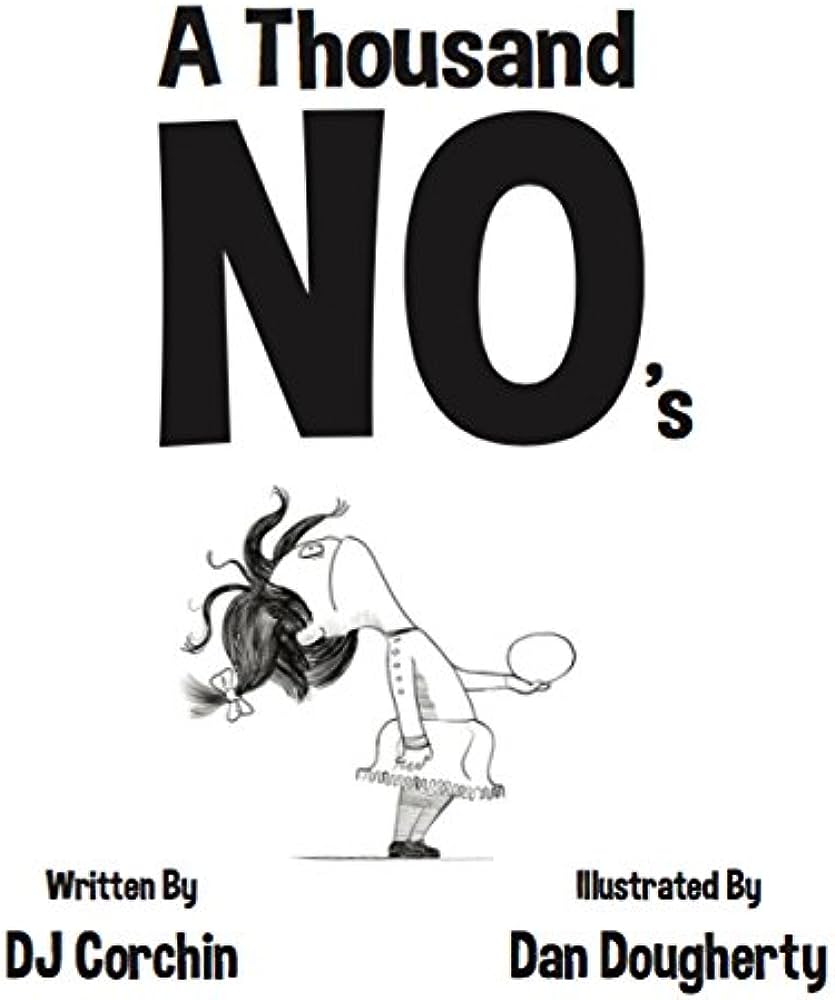SEL Read Aloud: A Thousand No’s by D.J. Corchin

Summary
In “A Thousand No’s” by D.J. Corchin, the main character has a great idea but faces numerous rejections. Despite the weight of the “no’s,” her idea evolves and grows as more people contribute their own perspectives. Eventually, on the thousandth “no,” the character realizes that the idea has transformed into something entirely different, and yet, the journey was worth it.
Comprehension Questions
Six questions aligned to Bloom’s taxonomy for teacher’s to evaluate students’ comprehension
- Remembering: What happens when the main character receives her first “no”?
- Understanding: Why does the main character decide to seek help for her idea?
- Applying: Can you think of a time when you faced rejection? How did you handle it?
- Analyzing: Why do you think the main character’s idea started to change shape as she received more “no’s”?
- Evaluating: What do you think the story is trying to teach you about handling rejection and setbacks?
- Creating: If you were to give the main character advice, what would you tell her about facing challenges and embracing change?
CASEL Discussion Questions
Five questions aligned to the CASEL competencies for teachers to foster an engaging discussion and foster social-emotional learning
- Self-Awareness: Can you relate to the main character’s emotions of frustration and disappointment? How do you handle such feelings?
- Self-Management: What strategies does the main character use to manage her feelings and keep moving forward with her idea?
- Social Awareness: How do the reactions of others influence the main character’s perspective on her idea?
- Relationship Skills: Can you think of a time when working with others led to a better solution or idea? How did collaboration contribute?
- Responsible Decision Making: What decisions does the main character make when facing rejection? How do these decisions impact her journey?
Design Thinking Challenge
Take students’ learning even further by incorporating the Imagineerz design thinking framework
Show how to turn “no’s” into opportunities for growth and innovation.
Understand
- Introduce students to the picture book “A Thousand No’s” by D.J. Corchin, along with its main themes of facing rejection, persistence, and adapting to challenges.
- Discuss the emotions the main character experiences as she encounters multiple “no’s” and how she responds to them.
Ideate
- Brainstorm as a class or in small groups: What are some real-life situations where facing rejection or setbacks is common? (e.g., trying a new sport, learning a musical instrument)
- Encourage students to think creatively: How can one turn a “no” into an opportunity for growth and innovation?
Prototype
- Have each student or group choose a scenario from the brainstorming session. Their challenge is to design a visual representation (poster, comic strip, etc.) that showcases how someone can navigate rejection and transform it into a positive outcome, inspired by the book.
- In their design, students should include key elements from the story: the accumulation of “no’s,” seeking help, collaborating, and adapting the original idea.
Test
- Share and present the prototypes to the class, explaining the thought process behind each design.
- Facilitate a discussion: How do the presented designs illustrate the themes of the book? How can the strategies demonstrated in the prototypes be applied in real life to overcome challenges?
Read Aloud
If you appreciated getting to read this book with your class, you might also want to share this book with them!
Additional Resources
Copyright Notice
The image on this page comes from the book A Thousand No’s by D.J. Corchin. Copyright © 2020 by D.J. Corchin.


